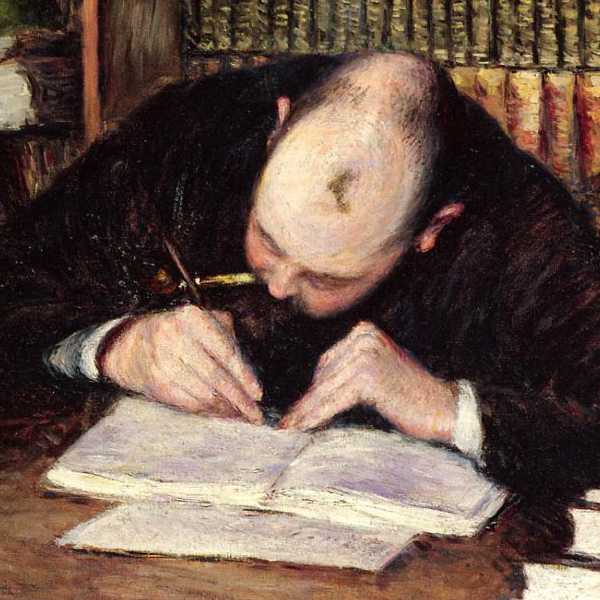The words you are reading have not been produced by Generative AI. They’re entirely my own.
The role of Generative AI
The only parts of what you’re reading that Generative AI has played a role in are the punctuation and the paragraphs, as well as the headings.
Challenges for an academic
I have to write a lot for my job; I’m an academic, and I’ve been trying to find a way to make ChatGPT be useful for my work. Unfortunately, it’s not really been useful at all. It’s useless as a way to find references, except for the most common things, which I could just Google anyway. It’s really bad within my field and just generates hallucinations about every topic I ask it about.
The limited utility in writing
The generative features are useful for creative applications, like playing Dungeons and Dragons, where accuracy isn’t important. But when I’m writing a formal email to my boss or a student, the last thing I want is ChatGPT’s pretty awful style, leading to all sorts of social awkwardness. So, I had more or less consigned ChatGPT to a dusty shelf of my digital life.
A glimmer of potential
However, it’s a new technology, and I figured there must be something useful about it. Certainly, people have found it useful for summarising articles, and it isn’t too bad for it. But for writing, that’s not very useful. Summarising what you’ve already written after you’ve written it, while marginally helpful, doesn’t actually help with the writing part.
The discovery of WhisperAI
However, I was messing around with the mobile application and noticed that it has a speech-to-text feature. It’s not well signposted, and this feature isn’t available on the web application at all, but it’s not actually using your phone’s built-in speech-to-text. Instead, it uses OpenAI’s own speech-to-text called WhisperAI.
Harnessing the power of WhisperAI
WhisperAI can be broadly thought of as ChatGPT for speech-to-text. It’s pretty good and can cope with people speaking quickly, as well as handling large pauses and awkwardness. I’ve used it to write this article, and this article isn’t exactly short, and it only took me a few minutes.
The technique and its limitations
Now, the way you use this technique is pretty straightforward. You say to ChatGPT, “Hey, I’d like you to split the following text into paragraphs and don’t change the content.” It’s really important you say that second part because otherwise, ChatGPT starts hallucinating about what you said, and it can become a bit of a problem. This is also an issue if you try putting in too much at once. I found I can get to about 10 minutes before ChatGPT either cuts off my content or starts hallucinating about what I actually said.
The efficiency of the method
But that’s fine. Speaking for about 10 minutes straight about a topic is still around 1,200 words if you speak at 120 words per minute, as is relatively common. And this is much faster than writing by hand is. Typing, the average typing speed is about 40 words per minute. Usually, up to around 100 words per minute is not the strict upper limit but where you start getting diminishing returns with practice.
The reality of writing speed
However, I think we all know that writing, it’s just not possible to write at 100 words per minute. It’s much more common for us to write at speeds more like 20 words per minute. For myself, it’s generally 14, or even less if it’s a piece of serious technical work.
Unrivaled first draft generation
Admittedly, using ChatGPT as fancy dictation isn’t really going to solve the problem of composing very exact sentences. However, as a way to generate a first draft, I think it’s completely unrivaled. You can talk through what you want to write, outline the details, say some phrases that can act as placeholders for figures or equations, and there you go.
Revolutionizing the writing process
You have your first draft ready, and it makes it viable to actually do a draft of a really long report in under an hour, and then spend the rest of your time tightening up each of the sections with the bulk of the words already written for you and the structure already there. Admittedly, your mileage may vary.
A personal advantage
I do a lot of teaching and a lot of talking in my job, and I find that a lot easier. I’m also neurodivergent, so having a really short format helps, and being able to speak really helps me with my writing.
Seeking feedback
I’m really curious to see what people think of this article. I’ve endeavored not to edit it at all, so this is just the first draft of how it came out of my mouth. I really want to know how readable you think this is. Obviously, there might be some inaccuracies; please feel free to point them out where there are strange words. I’d love to hear if anyone is interested in trying this out for their work. I’ve only been messing around with this for a week, but honestly, it’s been a game changer. I’ve suddenly looked to my colleagues like I’m some kind of super prolific writer, which isn’t quite the case. Thanks for reading, and I’ll look forward to hearing your thoughts.
(Edit after dictation/processing: the above is 898 words and took about 8min 30s to dictate ~105WPM.)


I dug into my draft scraps to find this bit I wrote about it. It was never published so when it continues to be true you have to trust my word that I wrote it on the 19th of February 2023.